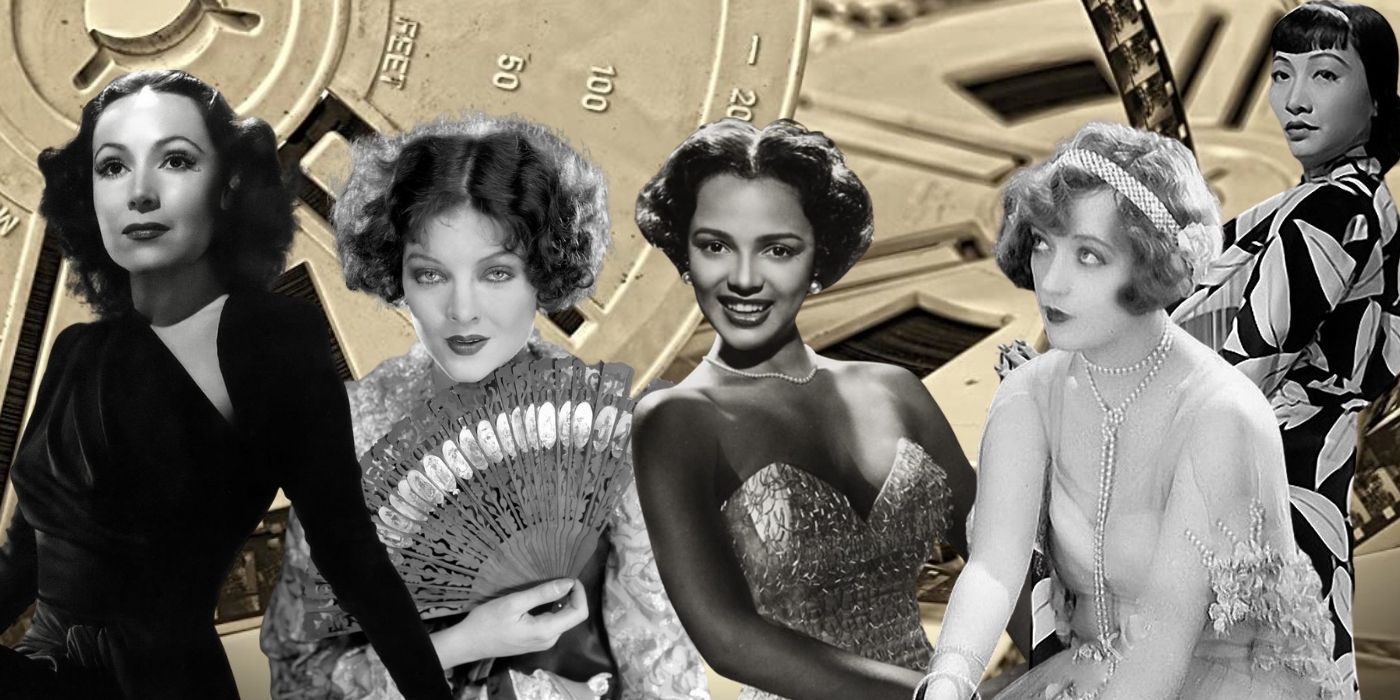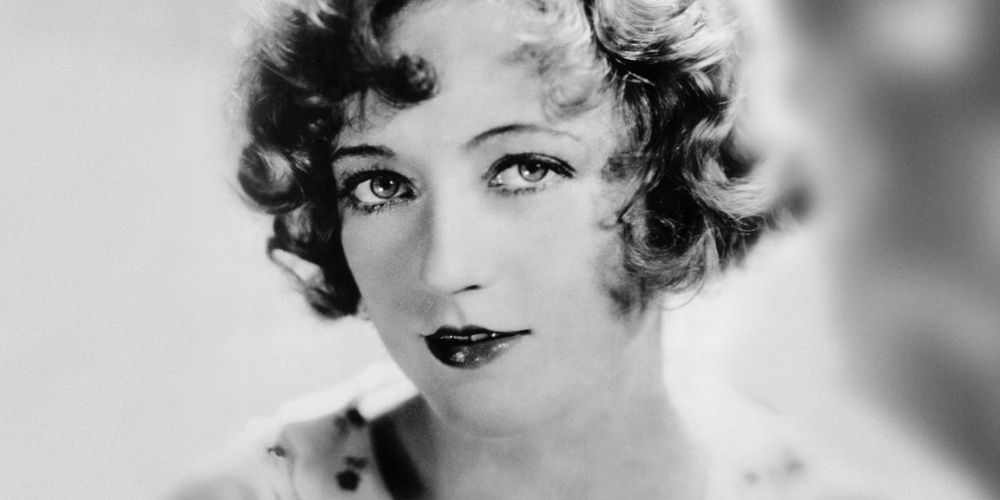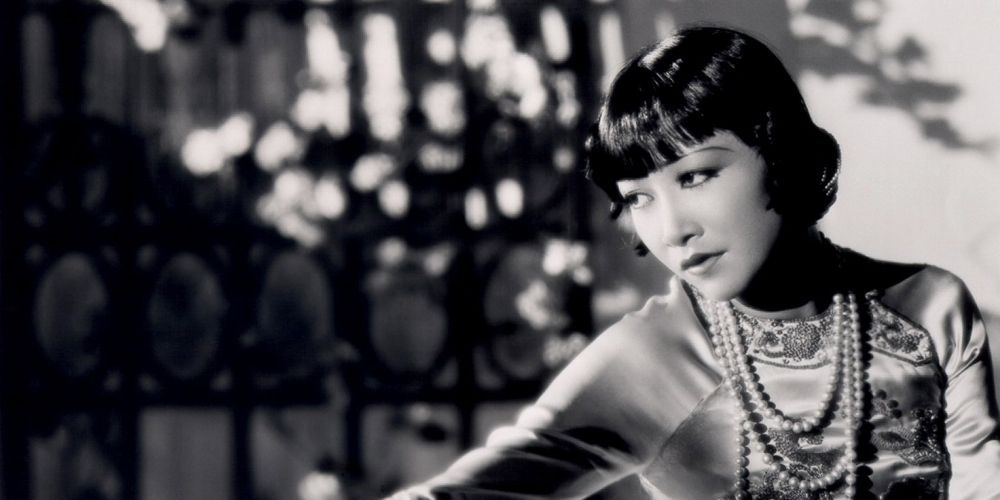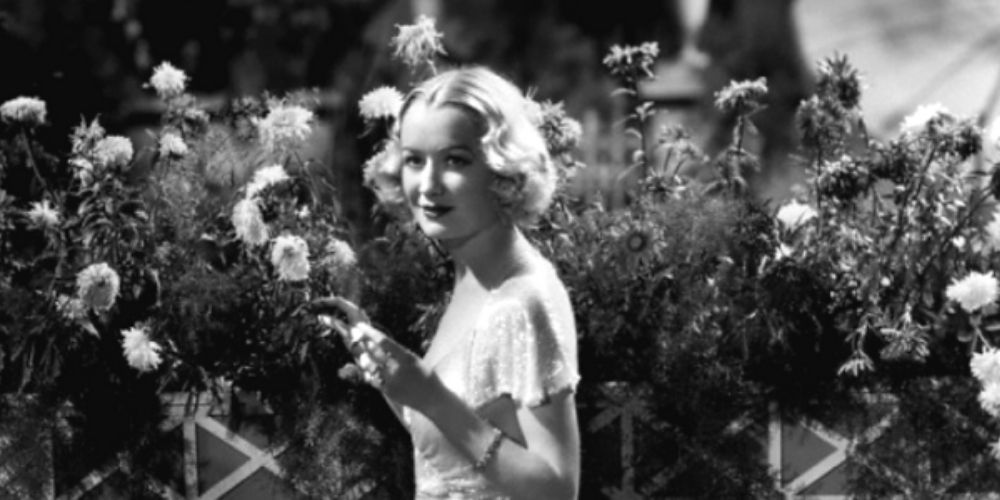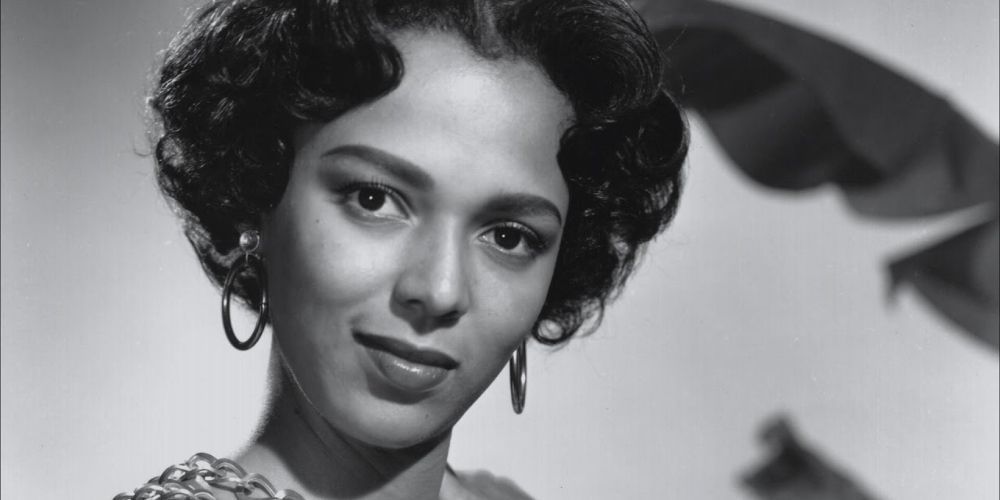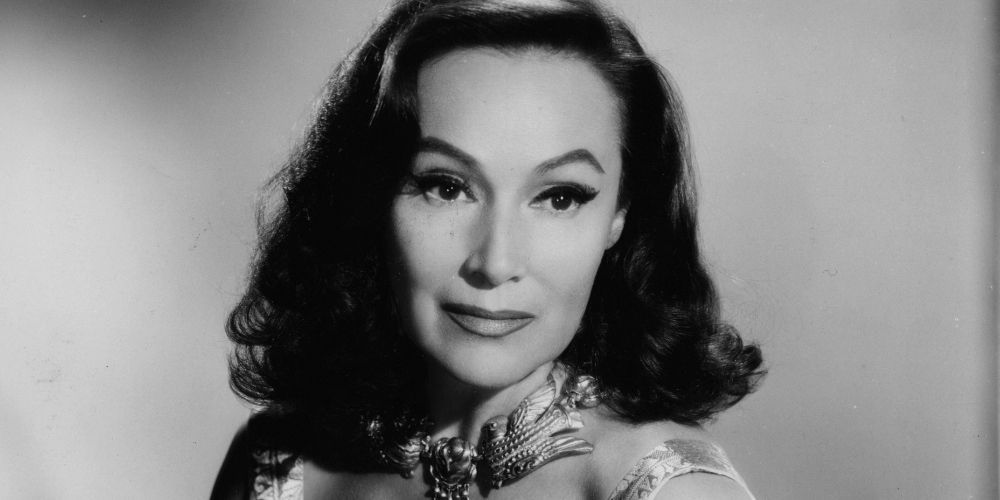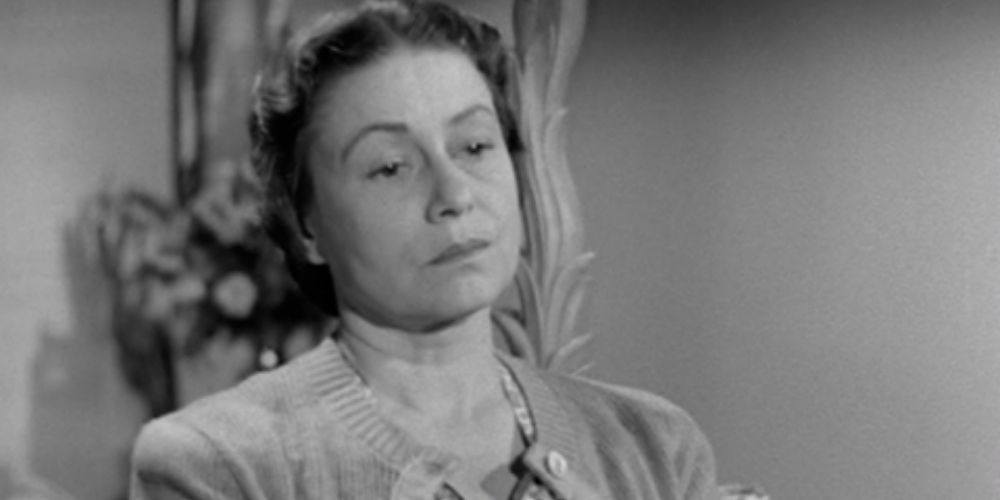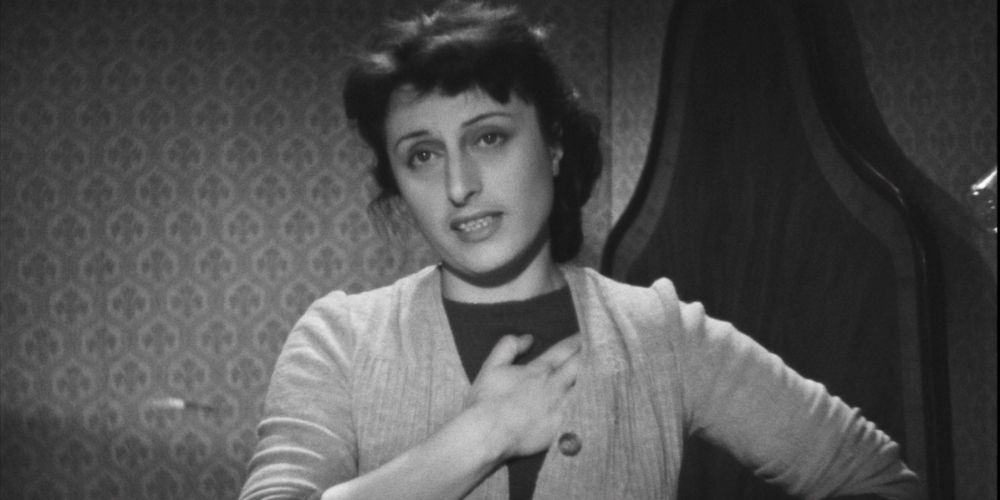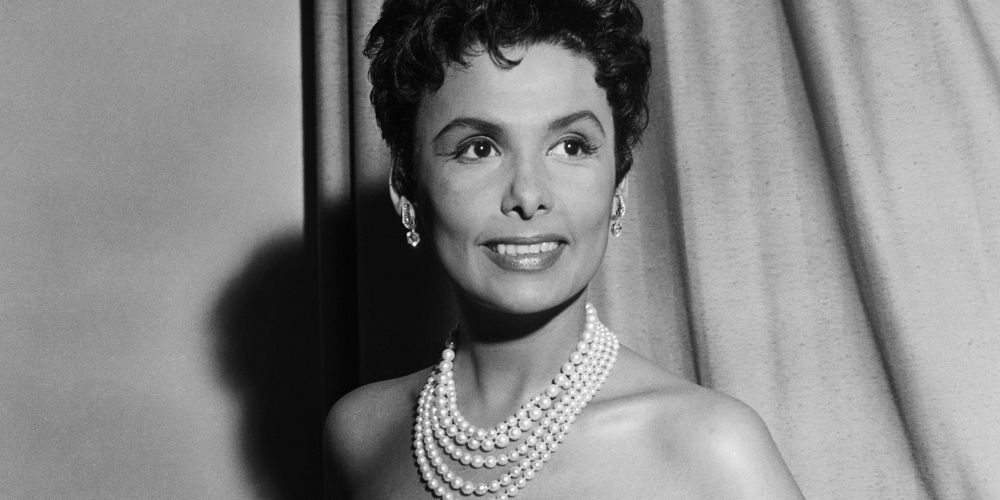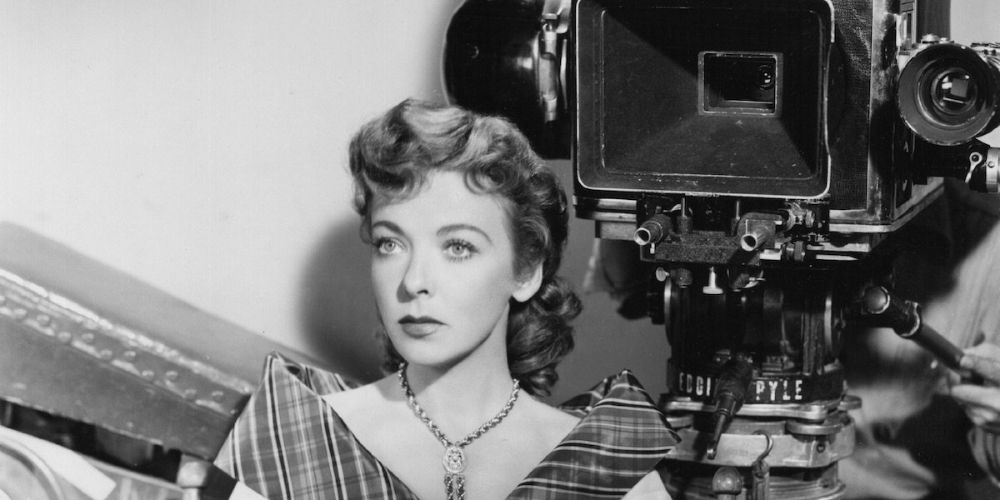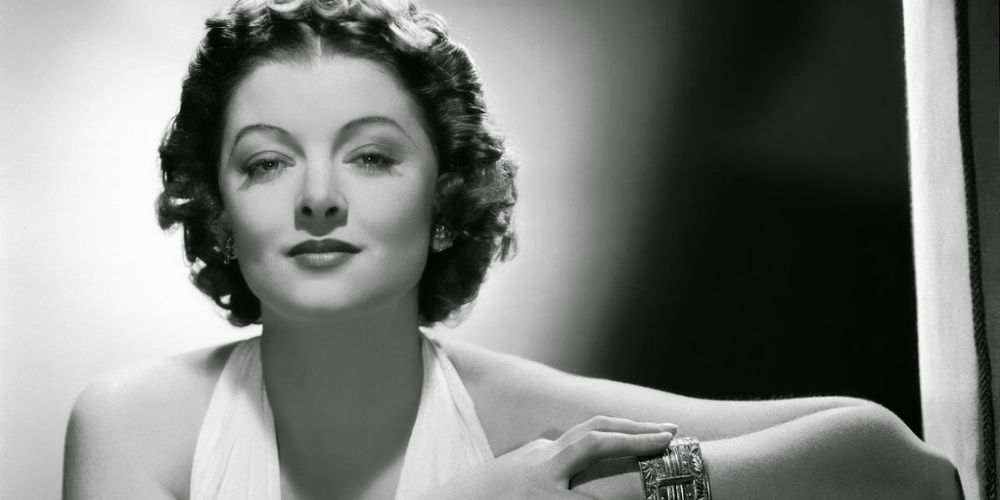With the arrival of David Fincher's Mank, modern-day audiences have grown more acquainted with Marion Davies. Although today she is considered as one of the most gifted comediennes of the jazz age, her career suffered significant setbacks thanks to the poor management of her lover and patron, newspaper magnate William Randolph Hearst.
Just like Davies, many talented actresses of Classic Hollywood Cinema were undervalued at the time, and remain so to this day, despite their consistent and often outstanding work. And while most people have certainly heard of Marilyn Monroe, Katharine Hepburn, Bette Davis, and Ingrid Bergman, other actresses unfairly continue to fly under the radar.
Marion Davies
At the height of her career, Davies was the #1 female box office star, thanks to the success of 1922's When Knighthood Was in Flower and 1923's Little Old New York. A naturally gifted comedienne, her lover, and patron, William Randolph Hearst, chose instead to put her in dramas and period pieces that did very little for her career.
Davies retired from the screen in 1937 to care for an increasingly ailing Hearst. A savvy businesswoman, she invested in real estate, allowing her to live comfortably even after Hearst's death. Davies' legacy was severely damaged thanks to her association with the character of Susan Alexander Kane in Orson Welles' 1941 classic Citizen Kane. By the time of her death, newspapers were incorrectly claiming that she had been a mediocre, unpopular actress, to better fit the Kane narrative. In later years, Welles himself expressed regret at the continued association between the two, claiming Susan was never meant to be viewed as a representation of Davies.
Anna May Wong
Considered to be the first Chinese-American movie star, Anna May Wong appeared in classic films such as Shanghai Express. Hollywood's racism and the strict enforcement of the Hays Code prevented Wong from even being considered for the role of O-Lan in MGM's 1937 adaptation of Pearl S. Bucks' The Good Earth. The role eventually went to Louise Rainer, who performed in yellowface.
Dissatisfied with the prevalent stereotypes for Asian actresses in Hollywood, in 1938 Wong instead chose to star in B movies for Paramount, where she was allowed to portray Asian women in a positive light. With the outbreak of WWII, Wong focused her time and resources to support the Chinese cause against Japan. In 1951, she made history as the first Asian-American to lead her own television series, The Gallery of Madame Liu-Tsong.
Miriam Hopkins
A daring and versatile actress, Miriam Hopkins made a name for herself thanks to her appearances in rather scandalous and sexually risqué films, such as Dr. Jekyll and Mr. Hyde and the highly controversial The Story of Temple Drake. She received her only Academy Award nomination for her performance in 1935's Becky Sharp.
After her film career declined in the mid-forties, she turned to television, a medium she pioneered. She performed in programs such as The Chevrolet Tele-Theatre and Lux Video Theatre. During the last stages of her film career, she had an ongoing feud with Bette Davis, which was publicized further when the two co-starred in the 1939 film The Old Maid, and again in 1943's Old Acquaintance.
Dorothy Dandridge
The first African-American performer to be nominated for an Academy Award in a leading category, Dorothy Dandridge's role in 1955's Carmen Jones turned her into an overnight sensation. During the late fifties, she had some box-office successes, in films like Island in the Sun and her Golden-Globe-nominated role in the controversial Porgy and Bess.
By 1963, her career had derailed and she was performing in nightclubs to pay off numerous debts. She was forced to file for bankruptcy, reappearing in 1964 for a lounge act in Las Vegas. She sadly passed away in 1965, at the age of forty-two, under mysterious circumstances. Dandridge faced considerable racism during her time in Hollywood, prompting her to become involved with the NAACP and the National Urban League.
Dolores Del Río
The first Mexican female star to achieve fame in Hollywood, del Río starred in successful silent films like Ramona and Resurrection. The arrival of talkies forced her to take on a new challenge, and she famously appeared on a radio show alongside silent movie stars like Mary Pickford, Gloria Swanson, and Douglas Fairbanks, to prove to audiences that she could rise to the occasion, wowing them with her singing.
During the thirties, del Río scored wins with films like 1932's Bird of Paradise and 1934's Madame Du Barry. When her Hollywood career declined in the early forties, she returned to her native Mexico and became one of the defining stars of the Golden Age of Mexican cinema. She worked consistently throughout the fifties, returning to Hollywood in 1960 to play Elvis Presley's mother in the film Flaming Star. She remained working in film, theater, and television, in both Mexico and the United States, until her retirement in 1978.
Thelma Ritter
Before Amy Adams or Glenn Close, there was Thelma Ritter. Nominated six times for the Academy Award for Best Supporting Actress, Ritter failed to win any of them. To this day, she holds the record in the category for the most nominations without ever winning.
Known for her strong, distinctive New York accent, Ritter made a name for herself by playing sympathetic, working-class characters in farcical comedies like The Mating Season, and rom-coms like Pillow Talk. She also appeared in several classics, like All About Eve, for which she earned her first Oscar nomination, Alfred Hitchcock's Rear Window and John Huston's The Misfits.
Anna Magnani
One of the most unconventional film stars of her time, Magnani gained a reputation for her raw, authentic acting that flourished in the hard, unsentimental style of Italian neorealism. Described by film historian Barry Monash as "the volcanic Earth mother of all Italian cinema," Magnani defied expectations for what a movie star should look and act like.
The first Italian to ever win an Oscar, she received the Best Actress statuette for her performance in The Rose Tattoo, in a role that Tennessee Williams specifically wrote for her. Her fierce, genuine portrayals of day-to-day figures earned her the respect of critics and audiences alike. Distinguishing herself from other glamorous actresses of the time, her realism and vulnerability gave her a conventional look that resulted almost exotic for fifties audiences.
Lena Horne
With a career spanning over seventy years, Lena Horne covered everything from film to television and theater. Still, she was never given a leading role in a major Hollywood production, and most of her film appearances were limited to standalone musical numbers that could be easily edited out to appease censors. Still, her sweet, hypnotizing voice and natural flow before the camera provide enough hints to the heights she could've reached has she been given the chance.
Disenchanted by Hollywood and frustrated by the lack of opportunities, Horne shifted and decided to focus on her nightclub career. By the late fifties and early sixties, she had become a regular figure in variety shows, and even starred in her own television special in 1969, Monsanto Night Presents Lena Horne.
Ida Lupino
One of the earliest examples of an actress turned director, Ida Lupino forged a fruitful acting career thanks to her roles in films like The Adventures of Sherlock Holmes and High Sierra. As a director, she helmed numerous films that dared touch on delicate and even controversial themes, like abortion and rape.
She was the first woman to direct a film noir, the now-classic The Hitch-Hiker, creating a tight, tense, and intense atmosphere, while still conserving the trademark emotional quality with which she infused her films. The assured, sympathetic style carried on to the rest of her oeuvre, earning her a consistent directorial career that nevertheless failed to achieve the heights of her male counterparts.
Myrna Loy
Although prolific during her time in Hollywood, Myrna Loy never received a single Oscar nomination. In later years, her career has been eclipsed by her more successful contemporaries, an unfortunate and unfair situation. Loy began with minor roles in silent films, where she was often cast as a woman of Asian descent, and the stereotypes that went with that. Her big break came with 1934's The Thin Man, in which she co-starred with William Powell.
The success of the film was such, that it led to fourteen further films with the Loy-Powell pairing, and made Loy a comedic star. During the thirties, she became one of MGM's top earners, highly regarded for her rom-coms. With the outbreak of WWII, she abandoned her acting career to focus on the war effort, becoming an ardent supporter of the Red Cross. Her film appearances dwindled throughout the fifties and sixties, and she eventually retired from acting in 1981.

